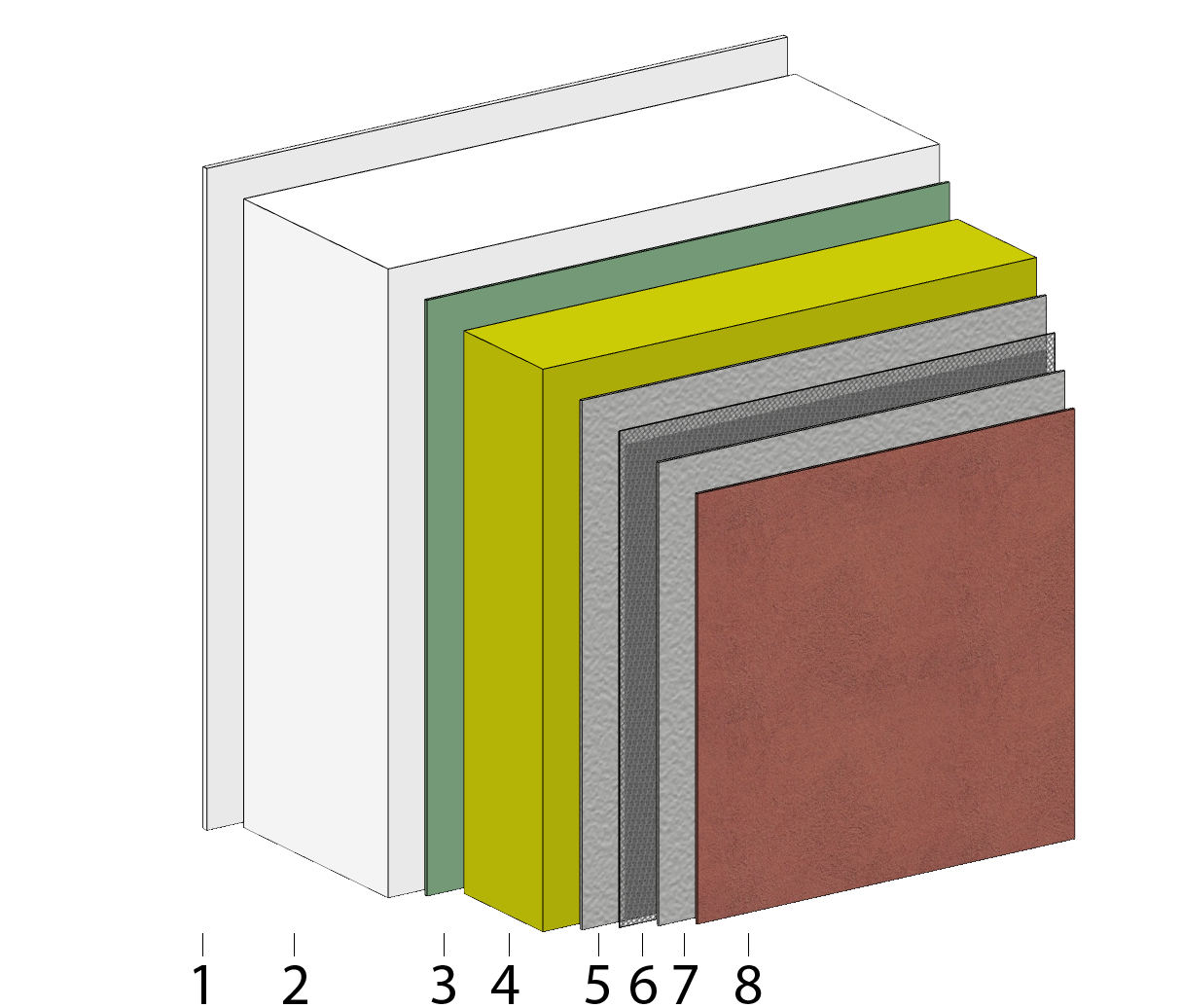The mud house is currently very much in vogue – and not without reason: we can still benefit greatly today from the advantages that our ancestors developed centuries ago.
First of all, clay remains natural when it is processed into a building material, its chemical structure is not changed and it can continue to interact with its environment.
As a result, excess moisture, which quickly leads to the formation of mold indoors, can be let through to the outside and the room humidity is kept at an ideal 45-55%. Other advantages of clay are that it absorbs odors, shields against high-frequency radiation, filters pollutants from the air and can serve as soundproofing.
the essentials in brief
Nothing works without a soil report: seek advice from an expert so that your mud house doesn’t collapse again shortly after construction.
Clay is a bit more expensive to build than conventional building materials, but you save later on the lower heating costs because loam has a heat-insulating effect.
However, building a full mud house is not for everyone, a mix of traditional and mud building components can be a good alternative.
How is clay used?
You can use either adobe or rammed earth. Compared to clay bricks, rammed earth is a crumbly and moist building material which, when dry, has a bulk density of between 1700 and 2200 kg/m3. As the heaviest loam house building material, rammed earth is particularly suitable for load-bearing components.
If you want to use clay bricks for exterior walls, consider that they are very sensitive to water and therefore need to be protected by a canopy or something similar.
The great thing about clay: This building material is completely compostable because it is not chemically modified and can therefore be easily dissolved again with water. This is of course a big plus for environmental friendliness.
Building a mud house – what should be taken into account when planning?
In any case, it is worthwhile to take a look at the website of the umbrella organization for earth building before starting the construction, here you will also find specific guidelines for factory-made earth building materials.
You should also insist on a detailed soil survey to determine how well clay can be built on your property at all. If the soil is too wet for the pure clay construction, a concrete base construction may be necessary.
If you want to build yourself, you should therefore get help from a specialist in the planning, otherwise the many advantages that speak for the right construction with clay can be lost.
What costs do you have to reckon with and for whom is the construction of a mud house worthwhile?
First of all, clay as a building material is not particularly expensive and you can often even get it from a nearby pit. However, since loam is not just loam, but should consist of different proportions of sand, silt and clay, depending on requirements, and must be installed differently depending on the nature of the soil, additional costs arise for specialist planning and qualified craftsmanship. Altogether you should reckon with approx. 10-20% additional costs compared to a conventional construction, eg for a solid house made of concrete, stone or wood .
However, these additional costs are particularly worthwhile for allergy sufferers, since clay filters pollutant emissions and fine dust from the room air and also ensures a pleasant living climate .
In addition, one should consider that the heat-insulating effect of loam can reduce heating costs, which even neutralizes the additional costs in the long run.
So using clay as a building material is a good thing in many respects and, above all, protects the environment and your own health. Nevertheless, the building material is not necessarily ideal for every building site, which is why the mix of individual building elements made of clay and other materials can be a nice compromise.




